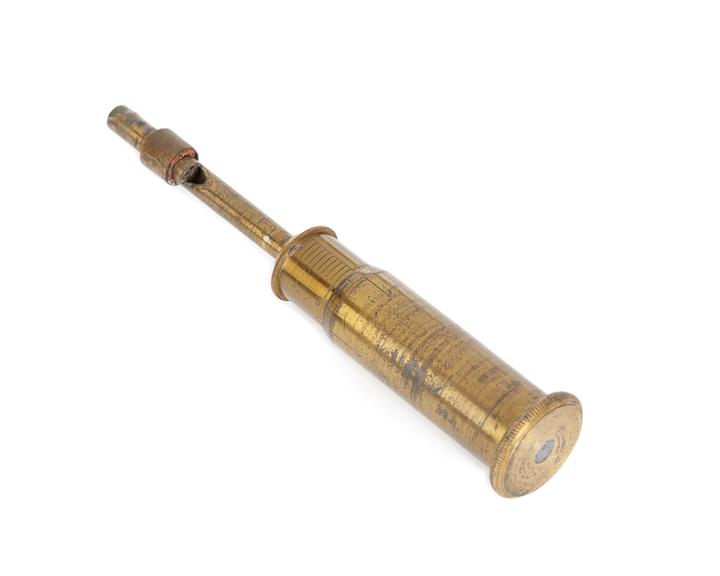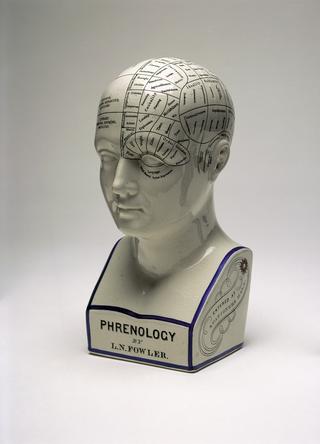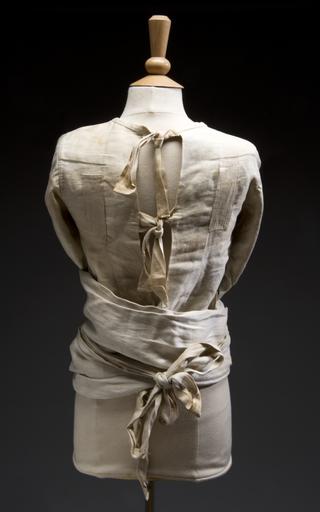Galton whistle
Galton's whistle
More
A Galton whistle was used in early physiological laboratories to test the hearing ability of different people. It can produce high pitched sounds at the limit of human hearing. The whistle is named after Francis Galton (1822-1911), who invented it in 1876. Galton was an explorer, meteorologist, statistician, and psychologist and was the first person to apply statistical methods to the study of human differences. He was also a pioneer in the field of eugenics, coining the term itself and the phrase "nature versus nurture”.
- Measurements:
-
overall: 102 mm 18 mm, 0.056 kg
- Materials:
- brass (copper, zinc alloy)
- Object Number:
- 1996-277/2/1
- type:
- galton whistle
- Image ©
- The Board of Trustees of the Science Museum








